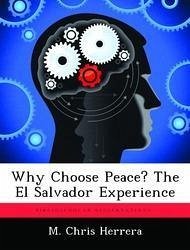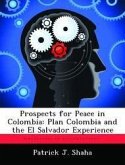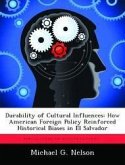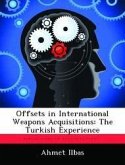Between the years of 1980 - 1992, civil war raged in El Salvador between the Farabundo Martí National Liberation Front (FMLN), a Marxist revolutionary movement, and the government of El Salvador (GoES). This monograph answers the following question: What was the most significant catalyst that brought the two warring parties to the negotiating table at the Chapultepec Peace Accords in 1992? The United States government's foreign policy towards El Salvador between 1980- 1989, the war weariness of the Salvadorans, attempts of the Salvadoran government at reform, and the lack of unification of the FMLN all served as catalysts for peace negotiations between the FMLN and the Salvadoran government. El Salvador is an excellent case study which one can analyze the resolution of internal conflicts within a state or society. Most of the conditions cited in this monograph were necessary but not sufficient in resolving the conflict in El Salvador. Therefore, these conditions are dependant variables that need to be developed in conjunction to successfully stop the civil war. While the roots of El Salvador's civil war are not unique to the Latin American region, looking at what caused the war can demonstrate how it was resolved. There are two main conditions that influenced El Salvador's unstable history: 1) Economic disparity between the poor and the rich; and 2) political oppression by the oligarchy using the military institution. These two conditions contributed to a climate in El Salvador, that some experts propose, made civil war the inevitable outcome. The two main external conditions that were by far the most influential conditions that sustained the warring for much of the conflict were United States foreign policy during the eighties and the counter policy of the aid for the FMLN from the Soviet Union, Cuba and Nicaragua. Without the external aid from either one of the sides, a more decisive victory may have resulted in favor of one of the sides. The internal conditions
Hinweis: Dieser Artikel kann nur an eine deutsche Lieferadresse ausgeliefert werden.
Hinweis: Dieser Artikel kann nur an eine deutsche Lieferadresse ausgeliefert werden.








